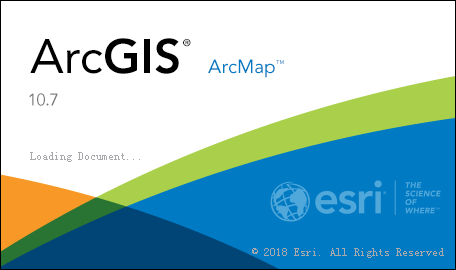Top Benefits of GIS
Top Benefits of GIS
WHY IS GIS UNIQUE..?
- GIS handles SPATIAL information - information referenced by its location in space.
- GIS makes connections between activities based on spatial proximity.
- GIS stores related geographic features in separate collections of files called map layers
- Map layers can be reused easily and assembled into any number of map compositions and overlaid for analysis
Top Benefits of GIS
GIS benefits
organizations of all sizes and in almost every industry. There is a growing
awareness of the economic and strategic value of GIS.
Better Decision
Making:
GIS is the go-to
technology for making better decisions about location. Common examples include
real estate site selection, route selection. Making correct decisions about
location is critical to the success of an organization.
Improved
Communication:
GIS-based maps and
visualizations greatly assist in understanding situations and in storytelling. They
are a type of language that improves communication between different teams,
departments, disciplines, professional fields, organizations, and the public.
Better Record keeping:
Many organizations
have a primary responsibility of maintaining authoritative records about the
status and change of geography and GIS provides a strong support. GIS provides
a strong framework for managing these types of records with full transaction
support and reporting tools.
Managing
Geographically:
GIS is becoming
essential to understanding what is happening—and what will happen—in geographic
space.
- Geo-spatial data are better maintained in a standard format.
- Revision and updating are easier.
- Geo-spatial data and information are easier to search analysis and represent.
- Geo-spatial data can be shared and exchanged freely.
- Time and money are saved.


Comments
Post a Comment